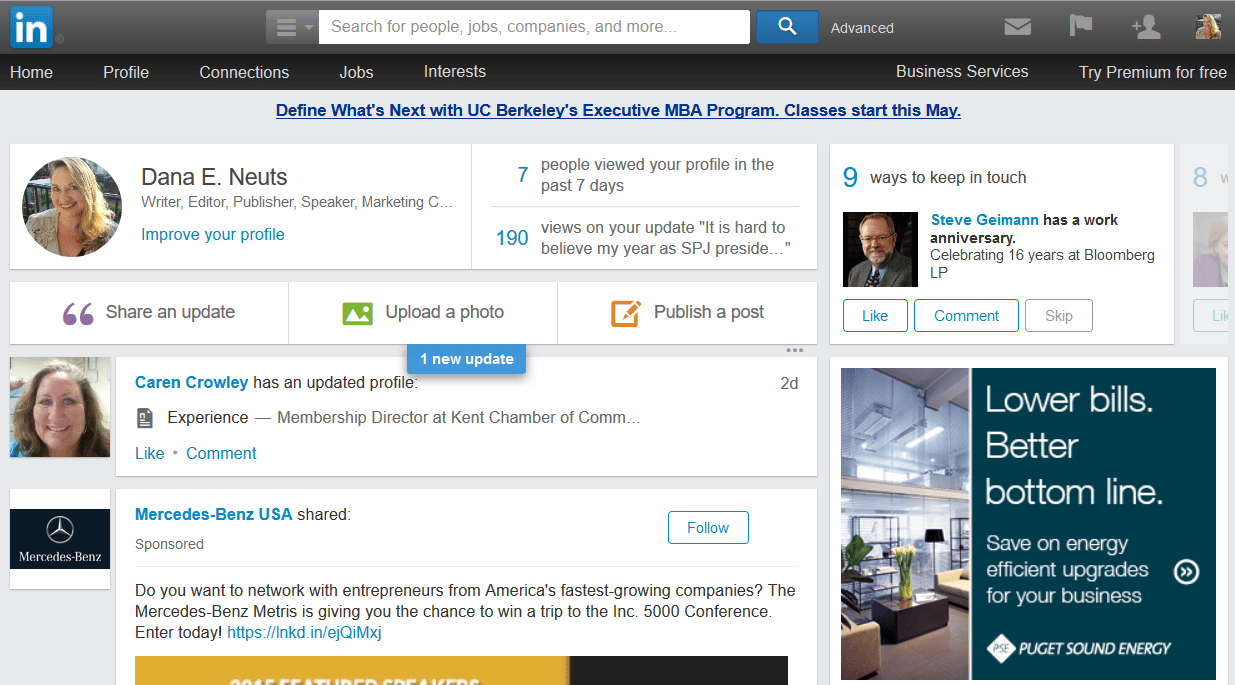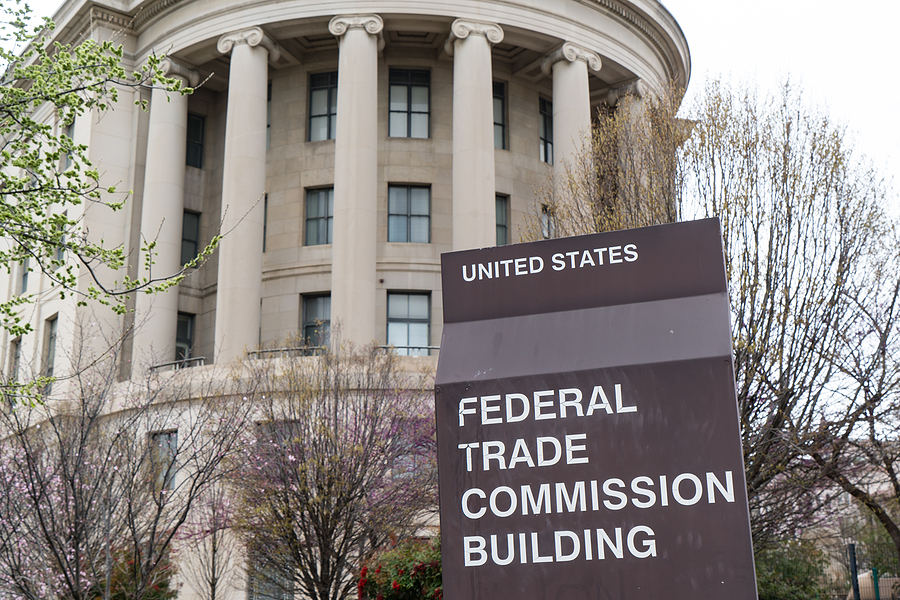
LinkedIn Referral Traffic to Publishers Drops Dramatically
Lorem ipsum dolor sit amet, consectetur adipiscing elit. Ut elit tellus, luctus nec ullamcorper mattis, pulvinar dapibus leo.
LinkedIn’s referral traffic to its publisher base has dropped dramatically, says Digiday. In fact, traffic to SimpleReach’s 1,000 publisher base dropped 44% in the first four months of 2015, and 30% in the first eight months.Why the big drop? Digiday says LinkedIn is putting its own needs first. Instead of referring its 380 million members directly to publisher sites, it is focusing on its own publishing platform. LinkedIn encourages brands to develop a strong presence on LinkedIn, extending their brands beyond their own websites.Perhaps this is the reason that LinkedIn only accounted for 0.2% of news and media sites’ referral traffic in the U.S. and 0.1% globally, in June, according to SimilarWeb.In a strange twist, Digiday points out that readers are sharing significantly more content from publishers’ sites to LinkedIn than in the past. Digiday reports that, in the last eighteen months, the average number of articles shared per month has grown from 500,000 to 3 million. More traffic is coming in, but less traffic is flowing out.

Insider Take:What does this mean? Much like other companies, LinkedIn is trying to find its sweet spot. Any spot in the black would do, but LinkedIn continues to operate in the red. Though company revenue increases, losses continue to pile up. For the three months ended June 30, 2015, LinkedIn reported a $67.5 million loss, up $25.1 million from a $42.4 million loss reported on March 31, 2015.While LinkedIn is innovative and willing to try new things, it seems scattered and desperate to find the right formula that will allow the social media site to sustain itself. Its back-and-forth with publishers is indicative of its uncertainty.Without a doubt, LinkedIn has strengths. It is THE “go to” place for employers, recruiters and job seekers. For individuals and companies who want to extend their brands, the LinkedIn publishing platform is easy to use and free. It is also great place to find content from entrepreneurs and thought leaders like Richard Branson and Dr. Travis Bradberry.But LinkedIn is trying to be all things to all people. The previously-streamlined, easy-to-use site has added features of other social media sites that make it look cluttered and harder to use.It now has status updates like Facebook and Twitter, the ability to upload photos like Instagram, posting features like Tumblr, and advertising and sponsored posts like, well, every other social media site and publisher on the Web.With groups, company pages, sponsored updates and a host of other features, it is hard to figure out how to best use the site, and who LinkedIn’s target really is:
- Job seekers?
- Entrepreneurs?
- Professionals?
- Students?
- Recruiters?
- Employers?
- Brands?
- Publishers?
- Advertisers?
- Sponsors?
- Higher Education?
In the company’s second quarter results, CEO Jeff Weiner says LinkedIn has an “ambitious R&D roadmap that has led to accelerated product innovation.” If that’s the case, LinkedIn needs to figure out what type of relationship it wants with publishers, and how those relationships can be mutually beneficial.LinkedIn needs to figure it out what it wants to be when it grows up.~ Dana E. Neuts, Subscription Insider
- Filed in Business Strategy, News, Subscriber Acquisition





